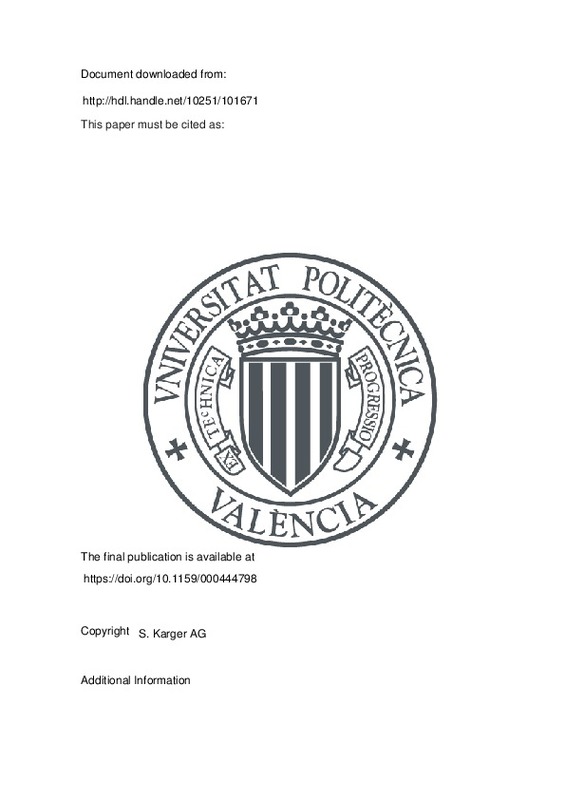JavaScript is disabled for your browser. Some features of this site may not work without it.
Buscar en RiuNet
Listar
Mi cuenta
Estadísticas
Ayuda RiuNet
Admin. UPV
Allergic Reactions to Metamizole: Immediate and Delayed Responses
Mostrar el registro completo del ítem
Blanca-López, N.; Pérez-Sanchez, N.; Agúndez, JA.; García-Martín, E.; Torres, MJ.; Cornejo-Garcia, JA.; Perkins, JR.... (2016). Allergic Reactions to Metamizole: Immediate and Delayed Responses. International Archives of Allergy and Immunology. 169(4):223-230. https://doi.org/10.1159/000444798
Por favor, use este identificador para citar o enlazar este ítem: http://hdl.handle.net/10251/101671
Ficheros en el ítem
Metadatos del ítem
| Título: | Allergic Reactions to Metamizole: Immediate and Delayed Responses | |
| Autor: | Blanca-López, Natalia Pérez-Sanchez, Natalia Agúndez, Jose A.G. García-Martín, Elena Torres, Maria José Cornejo-Garcia, José Antonio Perkins, James R. Mayorga, Cristobalina Canto, María Gabriela Blanca, Miguel Doña, Inmaculada | |
| Entidad UPV: |
|
|
| Fecha difusión: |
|
|
| Resumen: |
[EN] Background: Pyrazolones are the most common causes of
selective nonsteroidal anti-inflammatory drug (NSAID) hypersensitivity.
We studied a large group of patients with immediate
and delayed selective responses to ...[+]
|
|
| Palabras clave: |
|
|
| Derechos de uso: | Reserva de todos los derechos | |
| Fuente: |
|
|
| DOI: |
|
|
| Editorial: |
|
|
| Versión del editor: | https://doi.org/10.1159/000444798 | |
| Código del Proyecto: |
|
|
| Agradecimientos: |
The present study has been supported by the Institute of Health ‘Carlos III’ of the Ministry of Economy and Competitiveness [grants cofounded by European Regional Development Fund (ERDF), Red de Reacciones Adversas a ...[+]
|
|
| Tipo: |
|







![[Cerrado]](/themes/UPV/images/candado.png)


